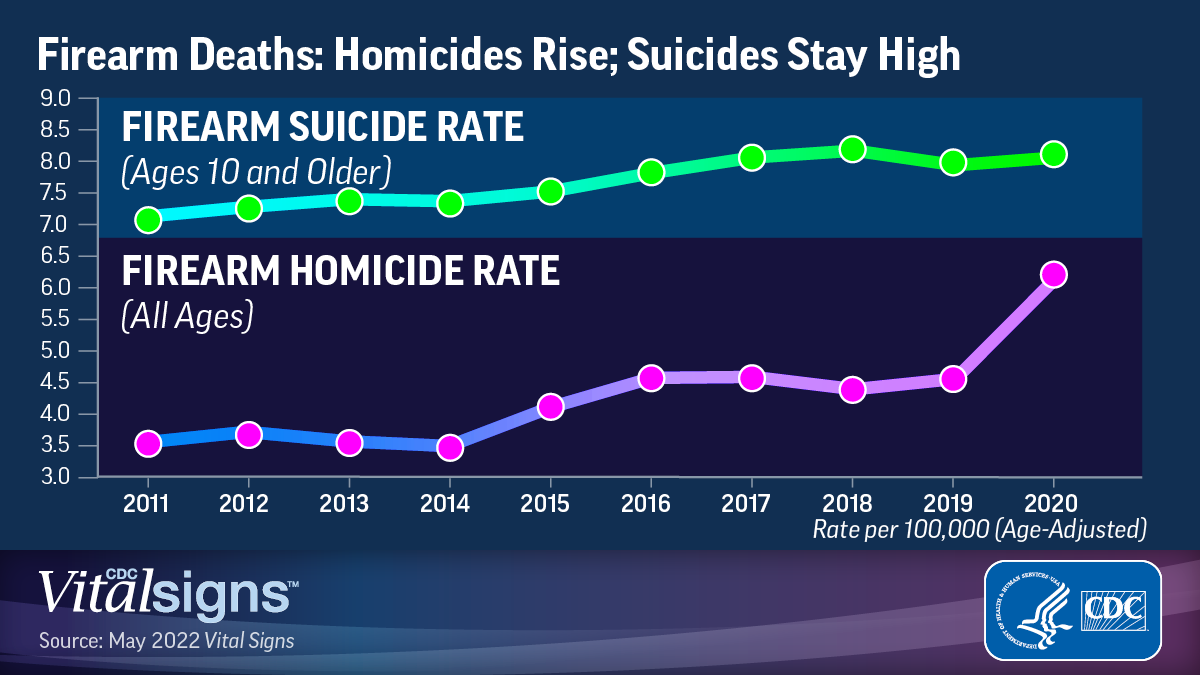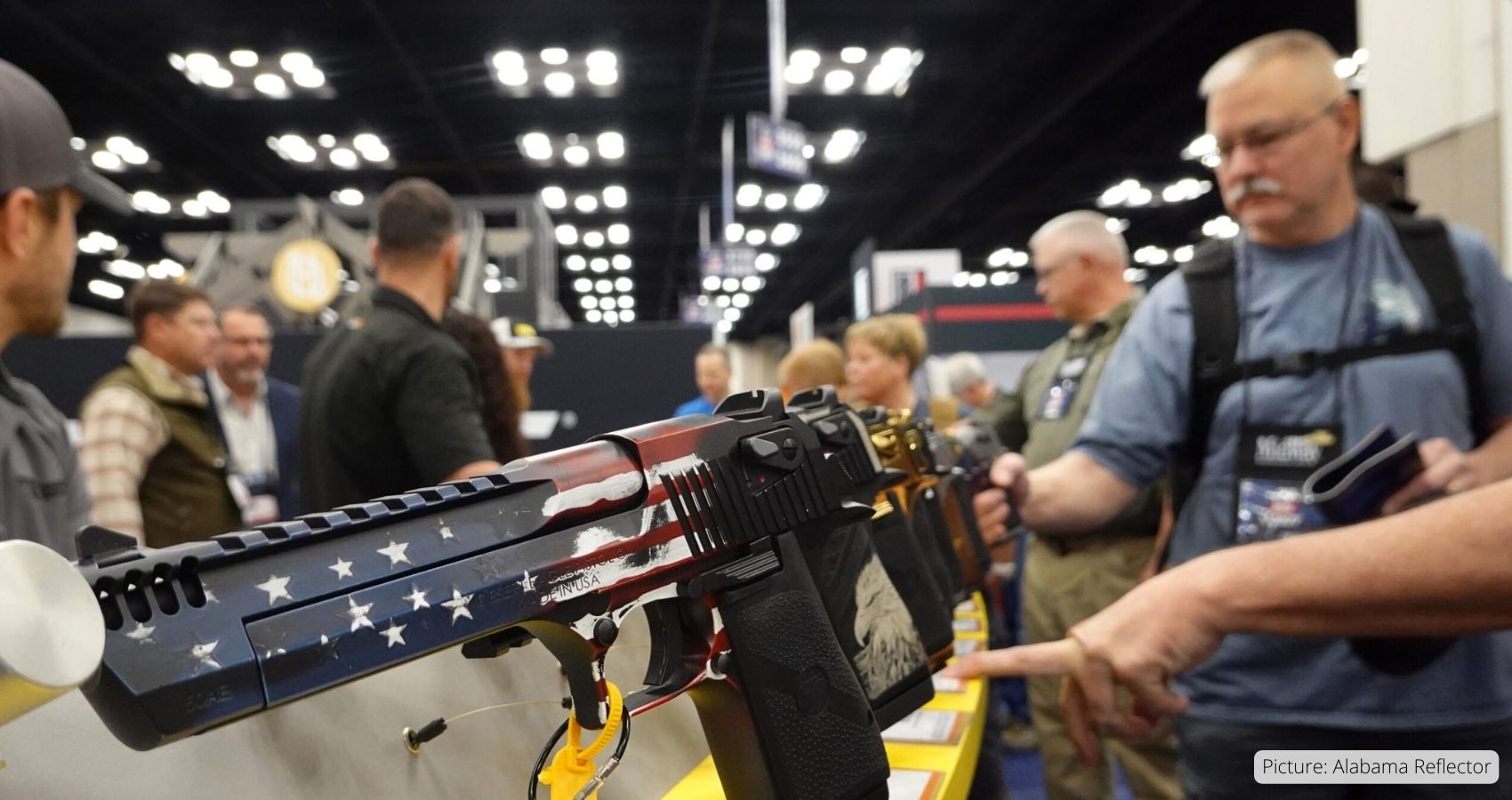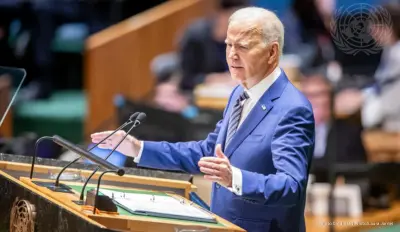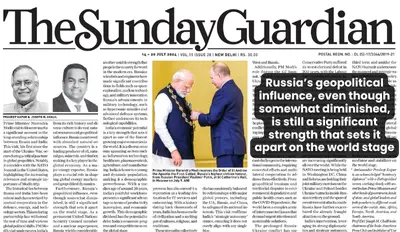In a comprehensive study, it has been revealed that a significant portion of firearm-related fatalities in the year 2016 were concentrated in six nations located in the Americas. These nations include Brazil, the United States, Mexico, Colombia, Venezuela, and Guatemala. The findings underscore the critical issue of gun violence as a severe public health crisis, prompting a need for heightened awareness and intervention. The study, which assessed mortality data from 1990 to 2016 across 195 countries and territories globally, spotlighted the grave impact of gun-related incidents on communities.
Brazil stood out with the highest number of gun-related deaths, with over 43,000 individuals losing their lives due to firearm injuries in 2016. The United States followed closely, reporting 37,200 gun-related deaths during the same period. Mexico, Colombia, Venezuela, and Guatemala were among the countries with the highest gun death tolls. Collectively, these six nations accounted for a staggering 50.5% of the quarter-million firearm-related deaths in 2016. This statistic encompasses various causes of gun fatalities, including homicides, suicides, and accidental injuries.

Dr. Mohsen Naghavi, the lead author of the study, emphasized the magnitude of the gun violence crisis, stating, “Gun violence is one of the greatest public health crises of our time.” This statement was made upon the study’s release in August of that year. The study’s focus on a wide range of countries and territories offered insights into the global prevalence of firearm-related deaths.
Delving into regional trends, the study pinpointed El Salvador as the country with the highest gun death rate per 100,000 inhabitants in 2016. The complexities of the Latin American region’s high homicide and violent crime rates are multifaceted, varying across different locales. For instance, a 2016 report from the Inter-American Development Bank identified four key factors influencing crime rates in the region’s cities: economic deprivation, residential instability, disruptions in family structures, school absenteeism, and demographic composition, as well as alcohol consumption.
The study unearthed that nearly two-thirds of global gun deaths in 2016 resulted from homicides, while slightly over a quarter were attributed to suicides, and less than 10% were categorized as accidental injuries due to firearms. This underscores the predominant role of homicides in contributing to firearm-related fatalities. A striking observation was that in 2016, nearly 90% of those killed by guns were men. Moreover, the age group most affected by firearm-related deaths was individuals aged 20 to 24. This demographic experienced the highest number of fatalities, with young men constituting the majority of victims.
Assessing whether the situation had improved over time, the study presented a nuanced perspective. While the absolute number of deaths from firearm injuries increased from 209,000 in 1990 to 251,000 in 2016, there was a slight decrease in the overall death rate during the same period. However, except for 1994 – the year of the Rwandan genocide – firearm-related deaths consistently surpassed deaths caused by global conflict and terrorism in every other year. The sobering reality of nearly 700 daily deaths resulting from firearm-related injuries underscores the pressing need for substantial progress in curbing gun violence.
The study’s revelations highlight the concentrated nature of firearm-related deaths in a handful of countries in the Americas. This pattern underscores the urgent need for comprehensive interventions to address the alarming public health crisis posed by gun violence. The study’s global scope further emphasizes the significance of this issue across different regions and cultures. While incremental progress has been made, the high prevalence of firearm-related deaths, especially among young men, necessitates sustained efforts to create safer communities worldwide.
Explaining the Hindu divide at the Parliament of the World’s Religions
It shouldn’t be hard to see why fusing of religious and national identity causes anxiety and fear.











